5 of the Most Common Spiders in Brisbane
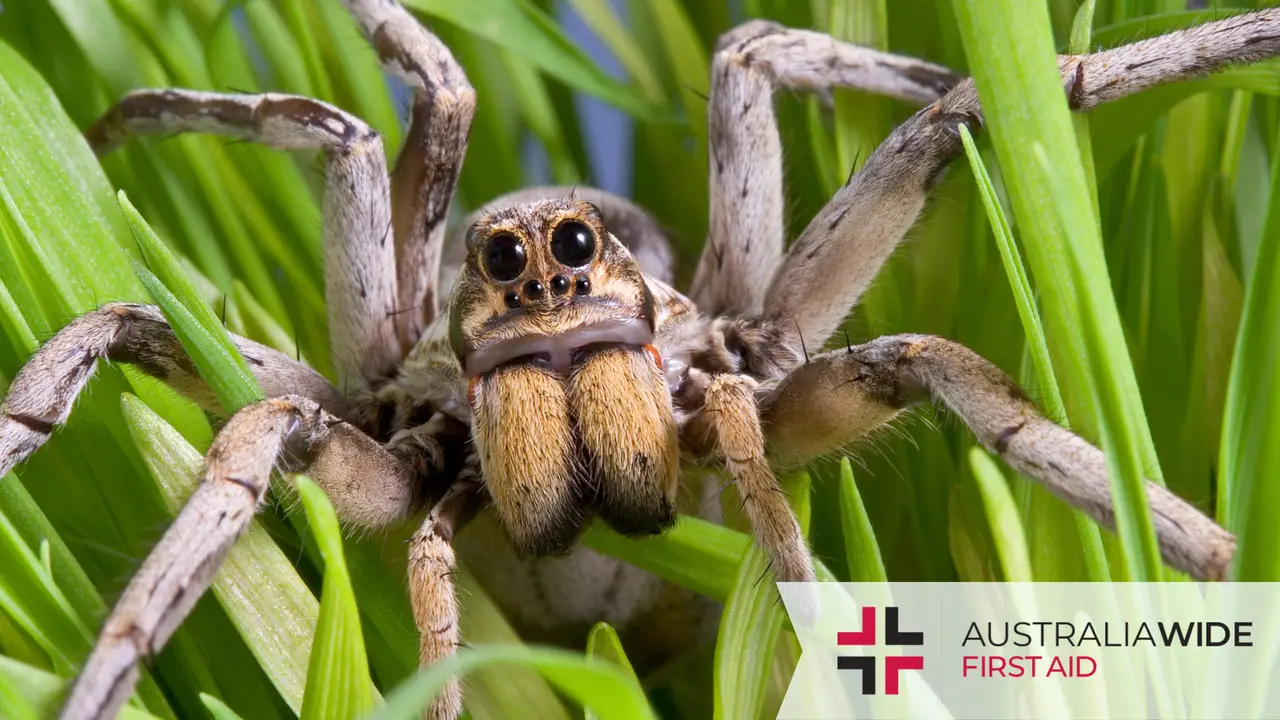

Many homes in Brisbane are full of a variety of different spiders, and a bite from some of them could be life-threatening.
Understanding spiders in our neighbourhood is essential so we can have peace of mind in our homes.
This article will help you identify five of the most common spider species in Brisbane, learn how to treat their bites, and coexist peacefully.
You can get hands-on experience with spider bite first aid in our general and childcare first aid courses:
Both of these first aid courses are available in our Brisbane location, and in every other state, capital city, and major town throughout Australia.
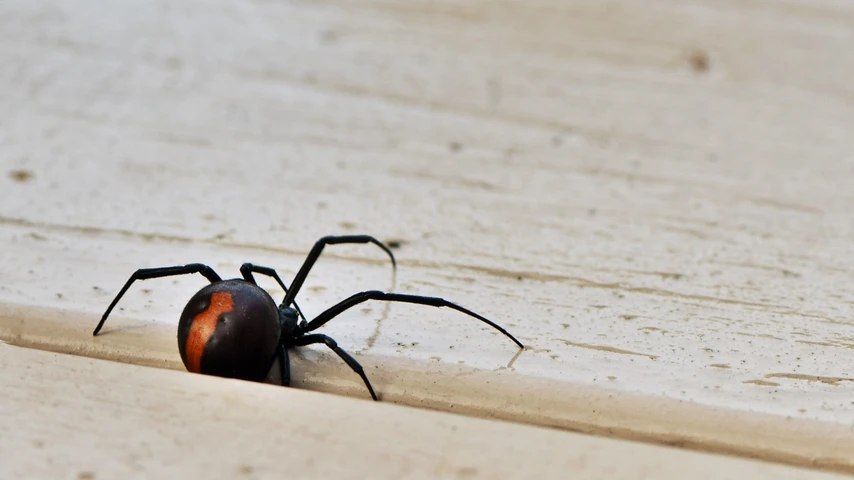
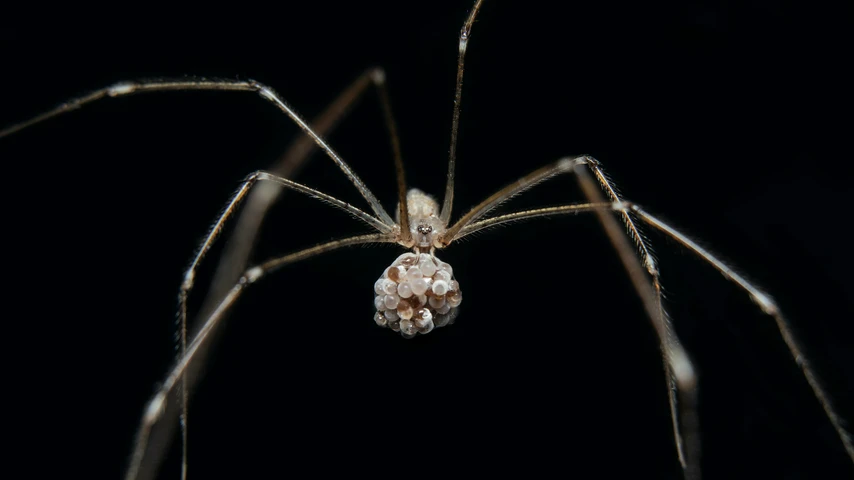
Redback spiders are very adaptable to their environments although they do prefer dry habitats such as deserts and sclerophyll forests, they will still find their way into urban areas where they can still thrive.
Wolf spiders are adaptable to their surroundings as well, although they do prefer a wet/damp environment but they can still be found anywhere from in shrublands to urban gardens.
The Australian Funnel Web prefers moist and cool areas where they will burrow under things such as logs and rocks, and they are frequently found in urban settings.
Trap door spiders are most often found in dry terrain where they will burrow thin tunnels that reach up to 25cm of length that they inhabit.
The Daddy-Long-Legs spider prefers a warm and somewhat humid environment and is not suited for cold weather. This is why they are commonly found in human homes.

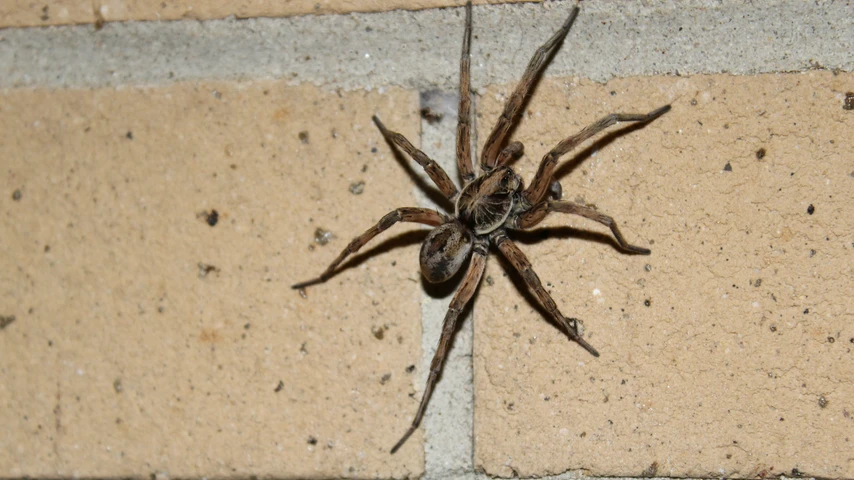
If you are bitten by any spider, treat it as if it is a highly venomous bite even if you don't think it is and get it assessed by a doctor or health care professional.
The correct first aid procedures can be found in our Spider Bite Identify Treat Chart.
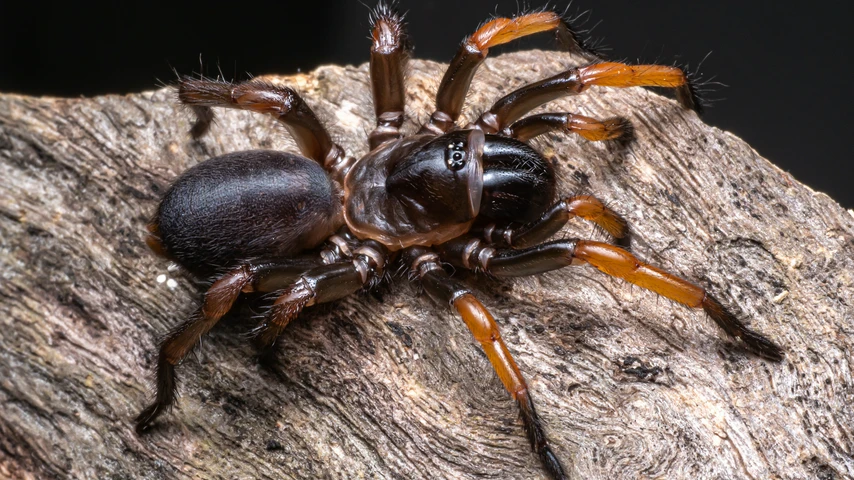
No spider will go out of its way to bite or harm a human and they can actually be quite helpful to have around the house to kill insects.
However if you have a large spider problem, practise spider control or engage a pest controller. To avoid a spider bite, never attempt to approach, capture, or kill a spider.
For more hands-on experience with identifying and treating spider bites, head to the home page on our website and book an HLTAID011 or HLTAID012 course near you.

March 11, 2025
Darwin, the tropical capital of Australia’s Northern Territory, is home to a rich diversity of wildlife - including an impressive array of spiders. From the sprawling webs of golden orb-weavers to the cryptic camouflage of trapdoor spiders, these arachnids play a vital role in the local ecosystem. While some may inspire fear, the majority are harmless and even beneficial, helping to control insect populations.

September 4, 2024
Cat bites, while often underestimated, can lead to serious health complications if not treated promptly and properly. Cats' mouths harbour a variety of bacteria that can cause infections in humans.

April 1, 2024
Encounters with wildlife can often be thrilling, but when it comes to the creature known as the drop bear, the experience can quickly turn dangerous. A sharp increase in recent attacks prompts the need for understanding proper first aid procedures in case of an attack.